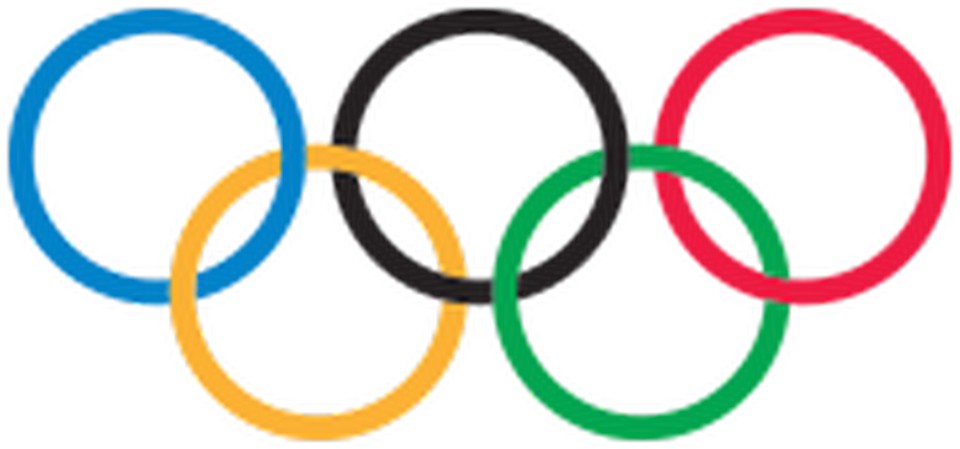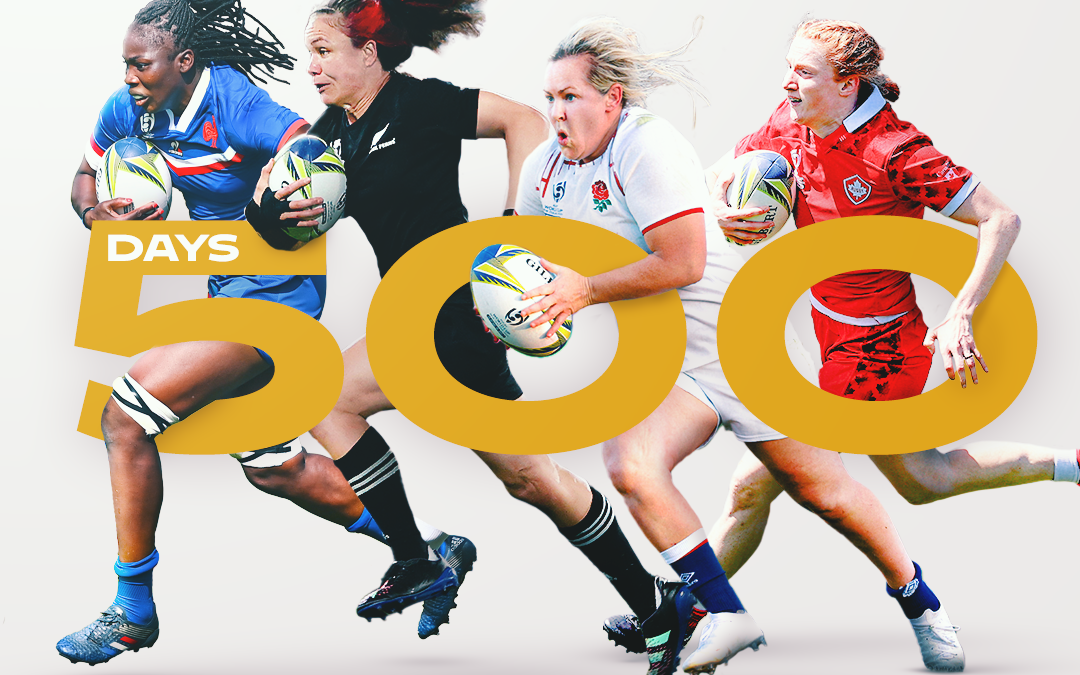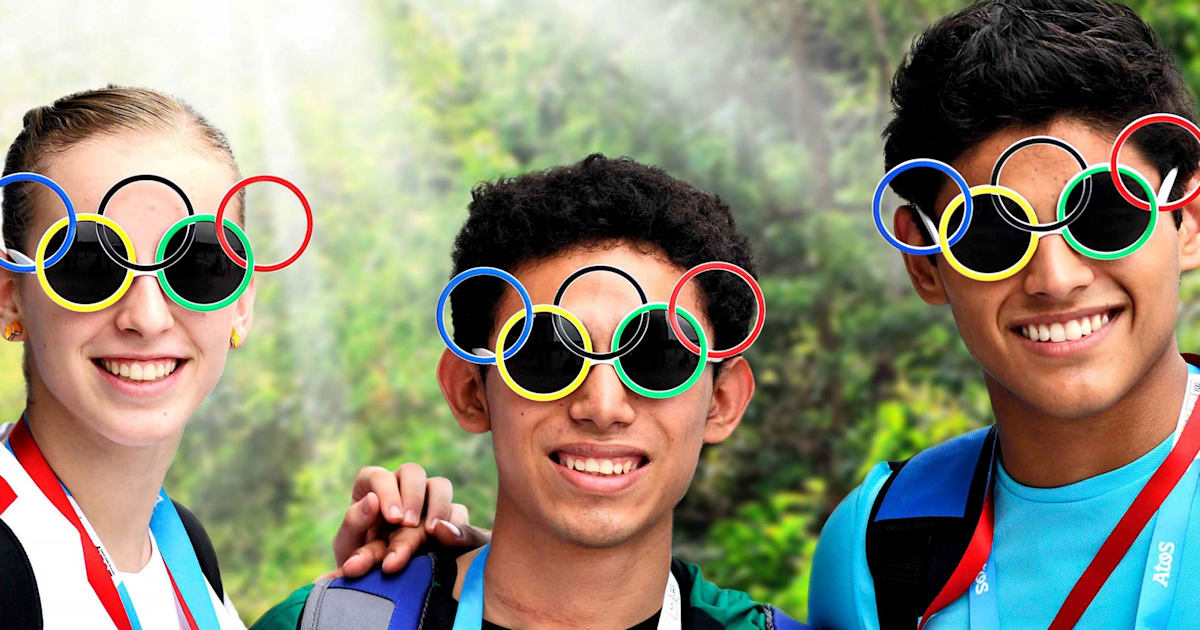Catching The 2025 Olympics In Australia: A Guide To Viewing Options
Catching the 2025 Olympics in Australia: A Guide to Viewing Options
Related Articles: Catching the 2025 Olympics in Australia: A Guide to Viewing Options
Introduction
With enthusiasm, let’s navigate through the intriguing topic related to Catching the 2025 Olympics in Australia: A Guide to Viewing Options. Let’s weave interesting information and offer fresh perspectives to the readers.
Table of Content
Catching the 2025 Olympics in Australia: A Guide to Viewing Options

The 2025 Summer Olympics, set to take place in [Insert City and Country, once announced], will be a in aller Welt spectacle, and Australians will be eager to witness the sporting prowess on display. Whether you’re a die-hard fan or a casual viewer, accessing the games will be easier than ever thanks to a variety of viewing options. This comprehensive guide explores the various avenues for watching the 2025 Olympics in Australia, helping you find the perfect viewing experience to suit your preferences and budget.
1. Traditional Television Broadcasting:
Historically, free-to-air television has been the primary method for Australians to watch the Olympics. The Australian Broadcasting Corporation (ABC) and commercial networks like Seven, Nine, and Ten have a history of securing broadcasting rights. While the official broadcaster for the 2025 Olympics remains unannounced at this time (the bidding process and subsequent rights negotiations are yet to conclude), it’s highly likely that one or more of these major networks will secure the rights.
Advantages:
- Accessibility: Free-to-air television offers widespread accessibility, requiring only a television and an antenna. This makes it an excellent option for those without subscription services or those on a budget.
- Wide Coverage: Major networks typically provide comprehensive coverage, including live events, highlights packages, and dedicated news segments.
- Commentary: Experienced commentators provide insightful analysis and context, enhancing the viewing experience for both seasoned sports fans and newcomers.
Disadvantages:
- Commercial Breaks: Free-to-air broadcasts are interrupted by commercial breaks, potentially disrupting the flow of events, especially during crucial moments.
- Limited Choice: Free-to-air channels might not broadcast every single event, prioritizing popular sports and key moments. Viewers might miss niche events or less popular sports.
- Regional Variations: Coverage and scheduling may vary slightly across different regions of Australia.
2. Subscription Television Services:
Pay-TV providers like Foxtel and Kayo Sports often secure additional rights to broadcast the Olympics, offering a more extensive selection of events and potentially higher-quality streaming. This option provides a more comprehensive viewing experience, especially for viewers interested in specific sports or athletes.
Advantages:
- Extensive Coverage: Subscription services typically offer more comprehensive coverage, including live streams of all events, replays, and behind-the-scenes content.
- On-Demand Viewing: Many services offer on-demand access, allowing viewers to catch up on events they missed or rewatch highlights.
- Multiple Viewing Options: Viewers can often access the content across multiple devices, including smart TVs, tablets, and smartphones.
- Commercial-Free Viewing (Often): Subscription services often offer commercial-free viewing, providing an uninterrupted experience.
Disadvantages:
- Cost: Subscription services require a monthly fee, adding to the overall cost of viewing the Olympics.
- Contractual Obligations: Signing up for a subscription often involves committing to a contract, which may not be ideal for viewers interested only in the duration of the Olympics.
3. Streaming Services:
The rise of streaming services has revolutionized how people consume entertainment, and the 2025 Olympics are likely to be available through various platforms. While specific services are yet to be confirmed, it’s probable that platforms like Stan, Amazon Prime Video, or even dedicated Olympic streaming apps might offer access.
Advantages:
- Flexibility: Streaming services offer unparalleled flexibility, allowing viewers to watch the Olympics on a wide range of devices, anytime, anywhere.
- Convenience: Streaming is convenient, eliminating the need for traditional TV setups and providing easy access to on-demand content.
- Potential for Bundled Packages: Streaming services might offer bundled packages that include the Olympics alongside other entertainment options.
Disadvantages:
- Data Usage: Streaming high-definition video can consume significant data, potentially leading to increased internet bills.
- World Wide Web Dependency: Reliable internet access is crucial for a smooth streaming experience. Areas with poor internet connectivity may face challenges.
- Potential for Geo-Restrictions: Some streaming services might have geo-restrictions, limiting access based on location.
4. Public Screenings:
For a truly communal viewing experience, many cities and towns across Australia will likely host public screenings of key Olympic events. These screenings offer a fantastic opportunity to share the excitement with fellow fans and create a vibrant atmosphere.
Advantages:
- Netzwerk Atmosphere: Public screenings provide a social and engaging atmosphere, allowing viewers to connect with others who share their passion for the Olympics.
- Accessibility: Public screenings are often free and accessible to everyone, regardless of their financial situation.
- Big Screen Experience: Watching the Olympics on a large screen enhances the viewing experience, especially for spectacular events.
Disadvantages:
- Limited Availability: Public screenings are not available everywhere and may not cover every event.
- Crowds and Competition for Space: Popular events might attract large crowds, making it challenging to secure a good viewing spot.
Choosing Your Viewing Method:
The best way to watch the 2025 Olympics in Australia will depend on individual preferences and circumstances. Consider the following factors:
- Finanzplan: Free-to-air television is the most budget-friendly option, while subscription services and streaming platforms incur costs.
- Coverage Requirements: If you want comprehensive coverage of all events, subscription services are likely the best choice.
- Technical Requirements: Streaming services require reliable internet access, while free-to-air television only requires a TV and antenna.
- Social Preference: For a communal experience, consider attending public screenings.
As the 2025 Olympics approach, keep an eye on official announcements regarding broadcasting rights and streaming options. By comparing the advantages and disadvantages of each method, you can choose the best way to experience the thrill and excitement of the games from the comfort of your home or within the vibrant atmosphere of a public viewing. Remember to check for updates closer to the event for the most accurate information on where and how to watch the 2025 Olympics in Australia.







Closure
Thus, we hope this article has provided valuable insights into Catching the 2025 Olympics in Australia: A Guide to Viewing Options. We appreciate your attention to our article. Tümpel you in our next article!
